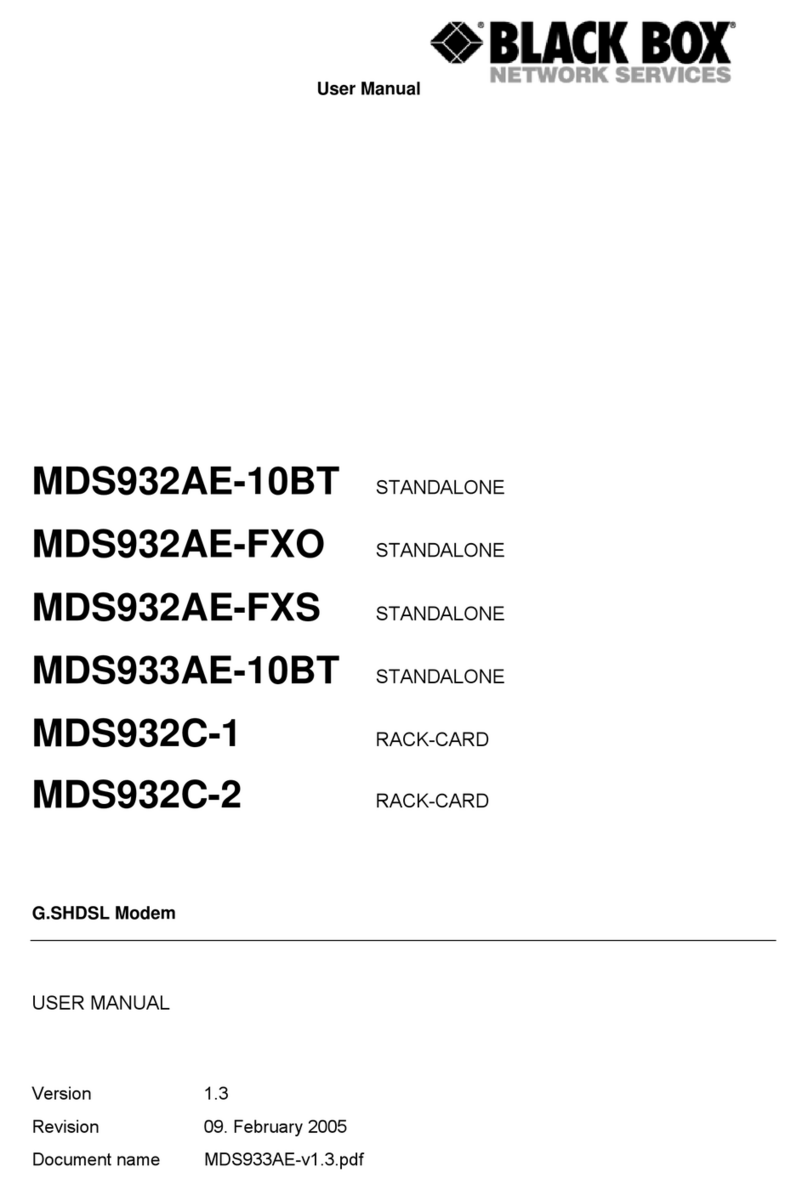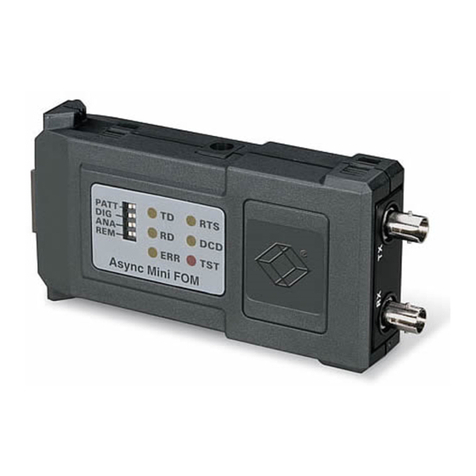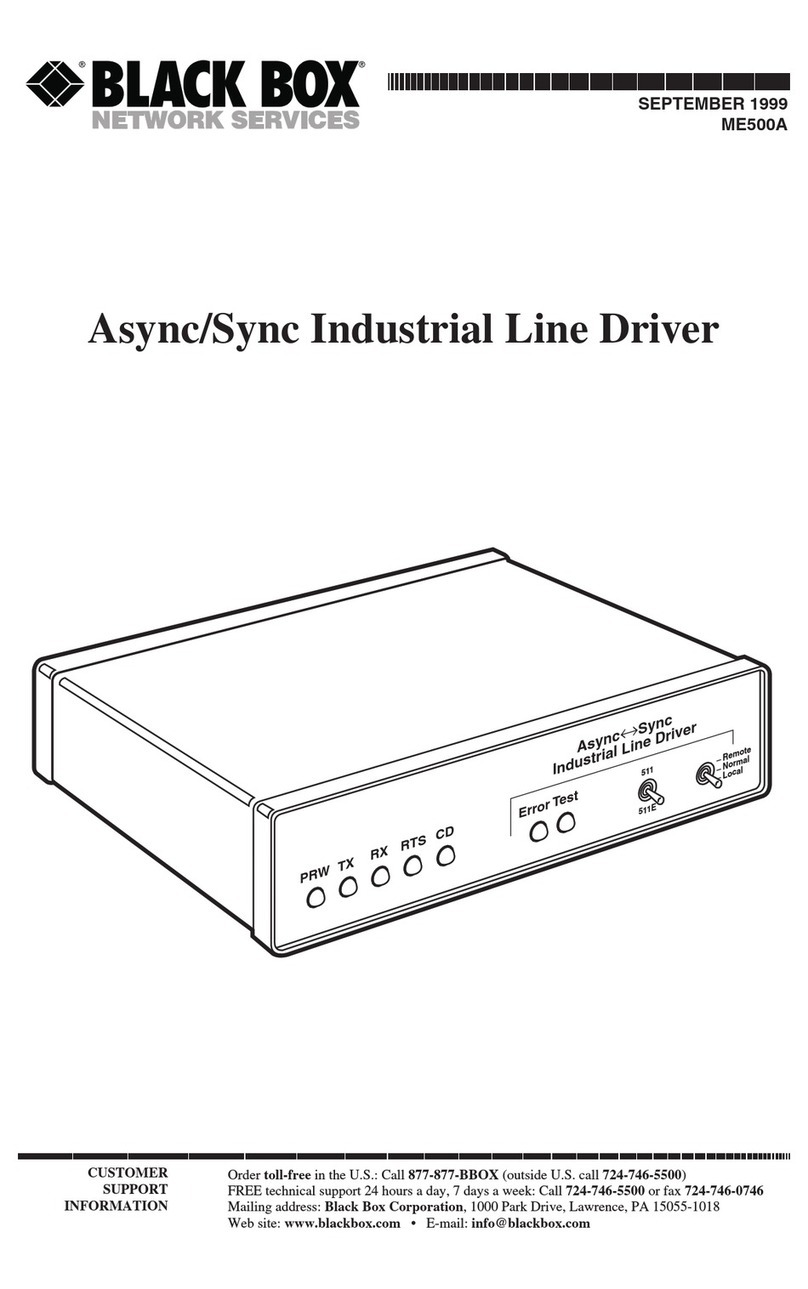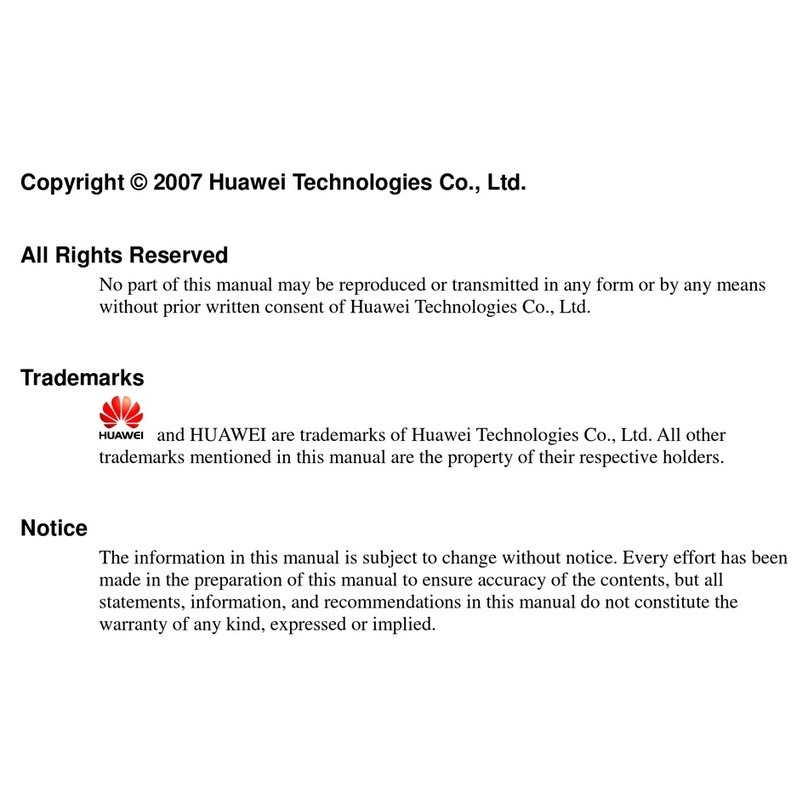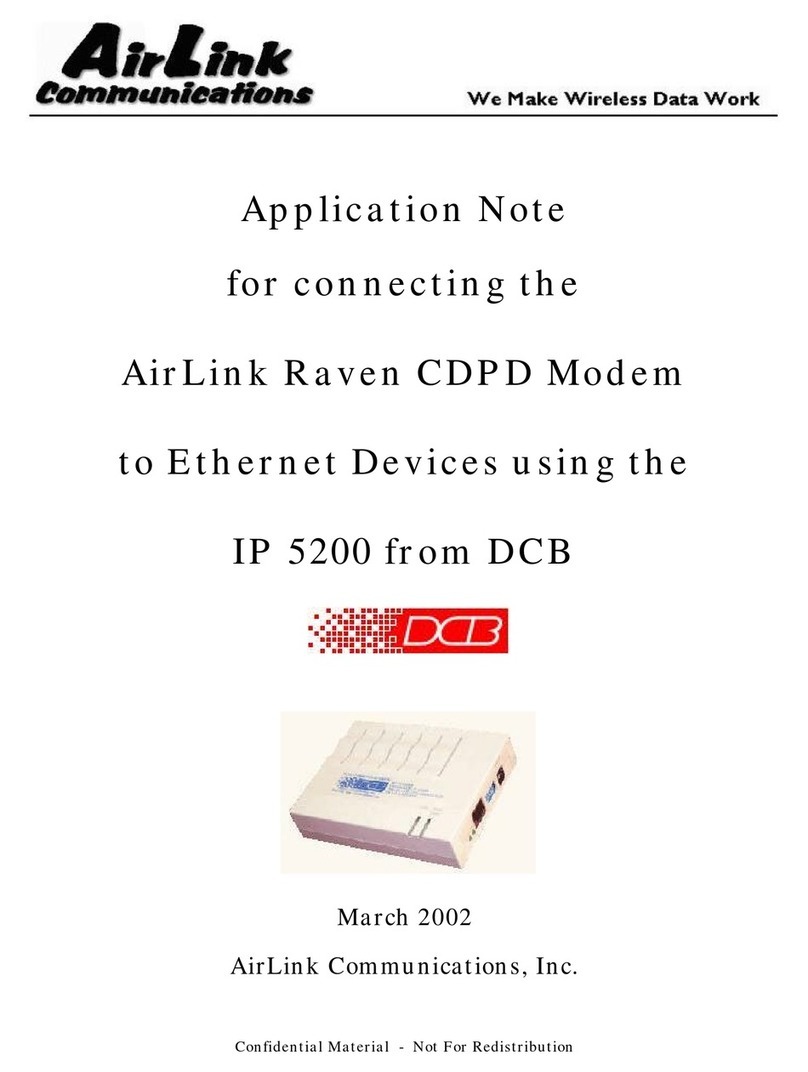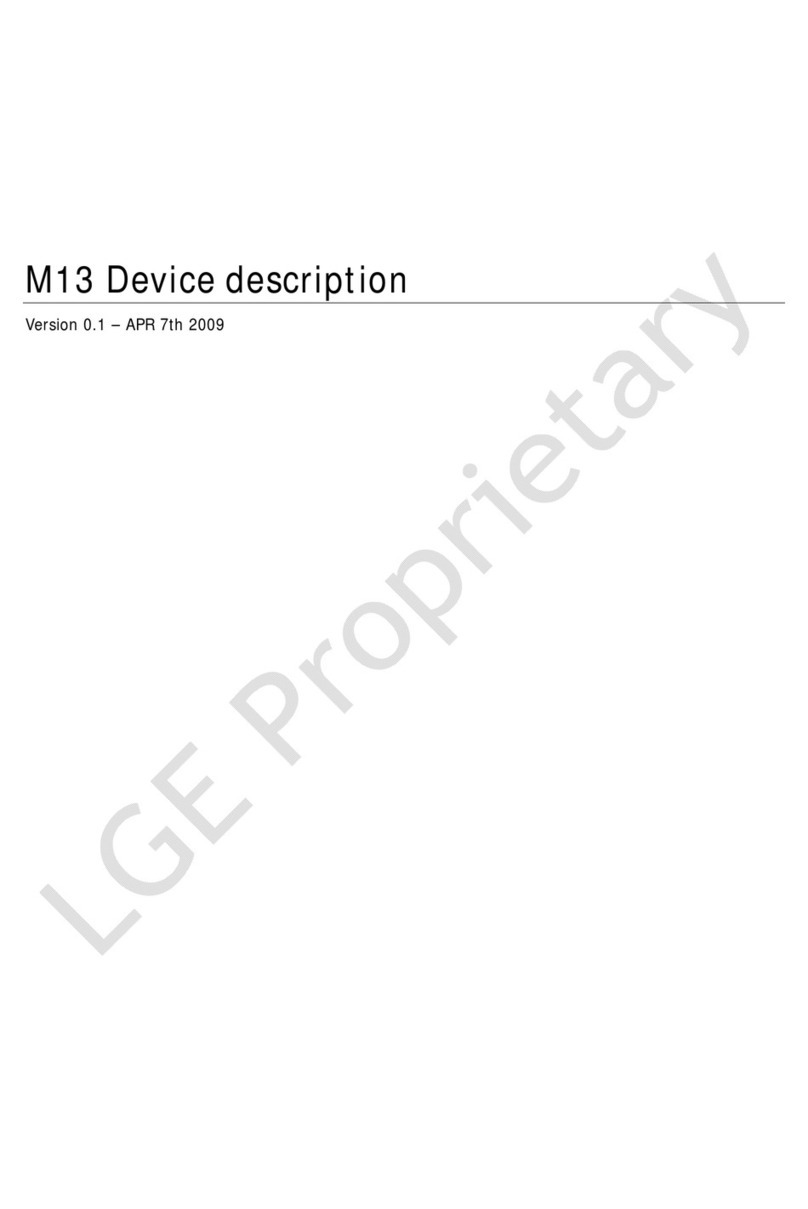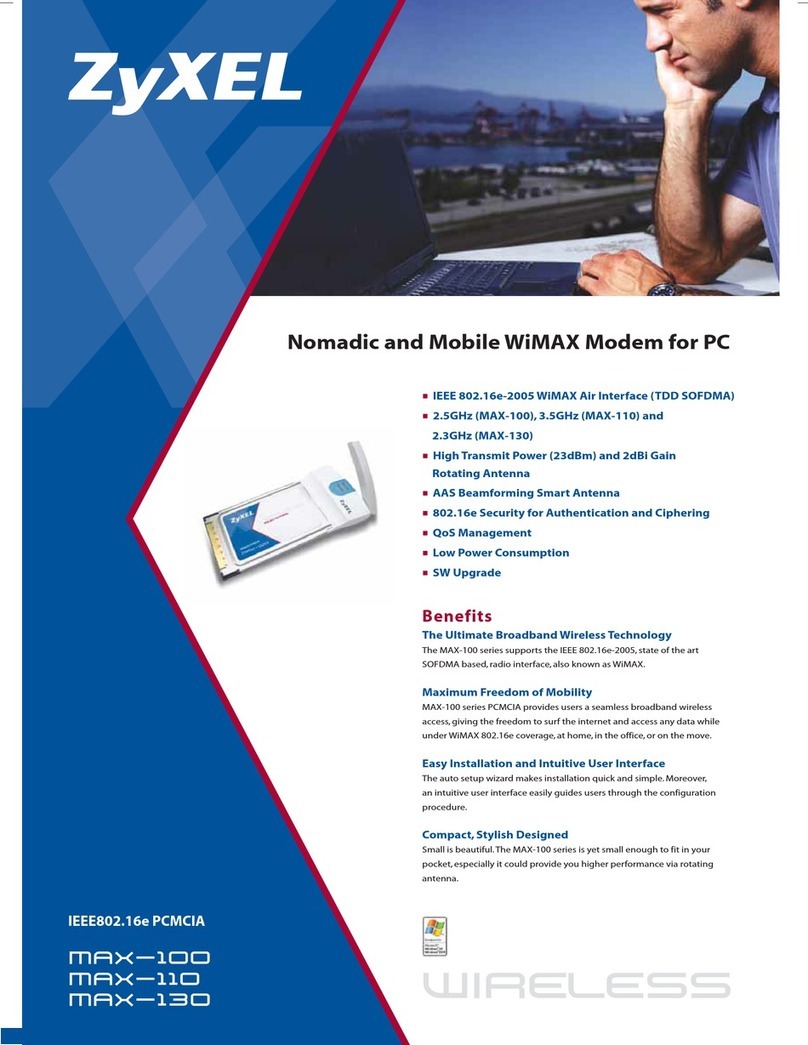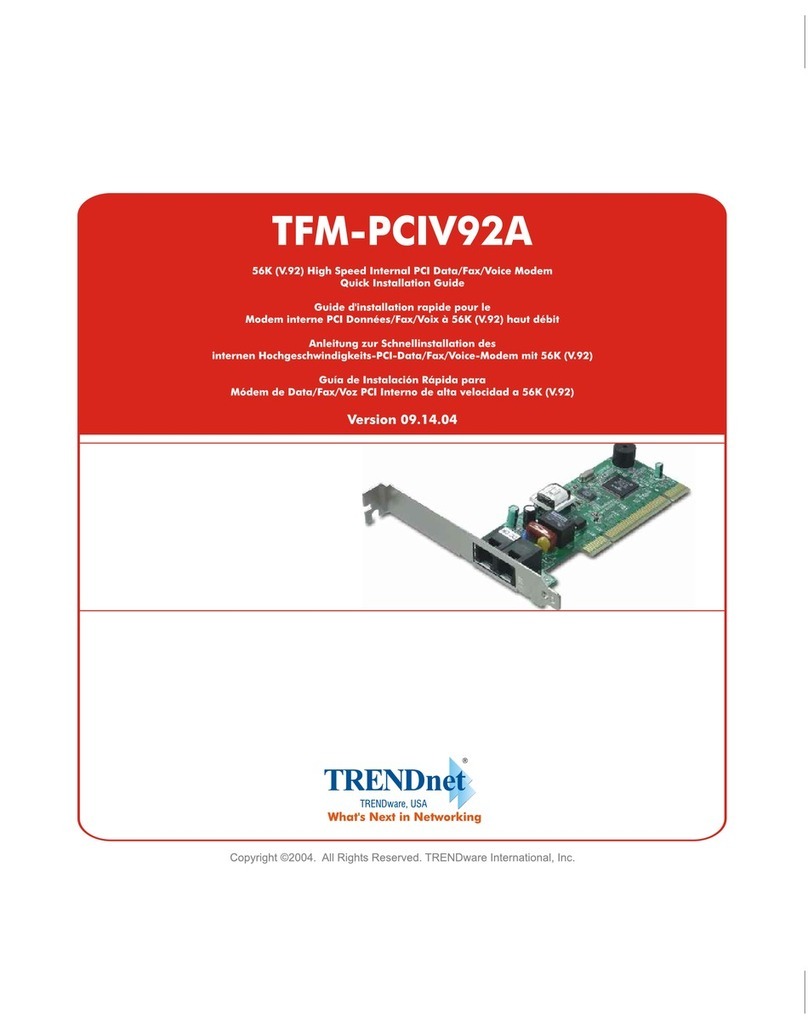Black Box ME570A-MST-R2 User manual




















This manual suits for next models
3
Table of contents
Other Black Box Modem manuals
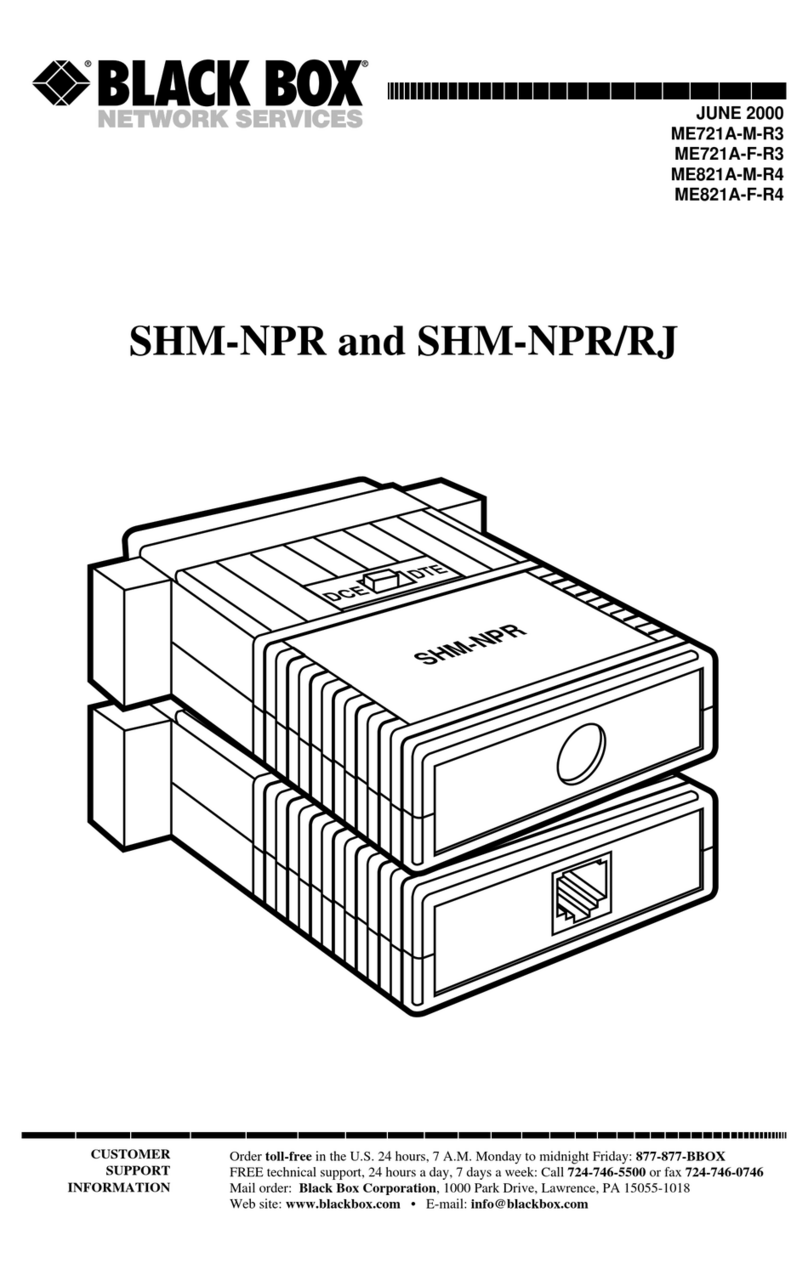
Black Box
Black Box SHM-NPR User manual
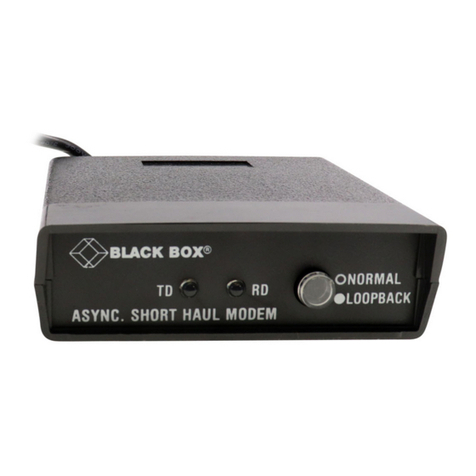
Black Box
Black Box ME800A-R2 User manual
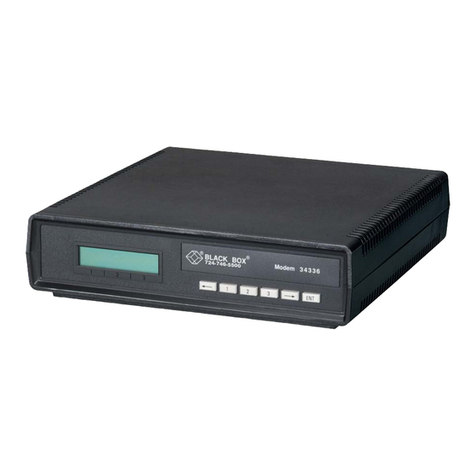
Black Box
Black Box MD885A-R4 User manual

Black Box
Black Box MX320A-HS User manual
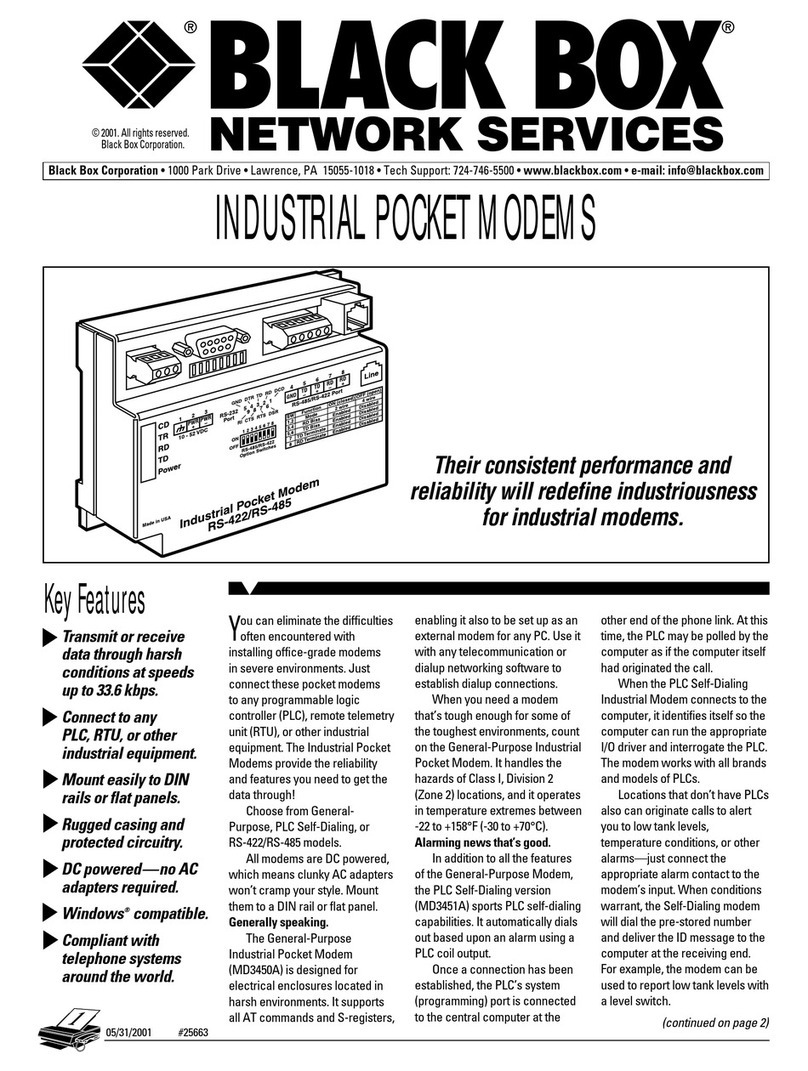
Black Box
Black Box MD3450A User manual
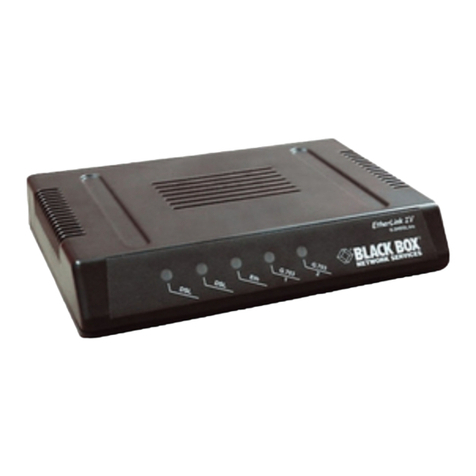
Black Box
Black Box MDS932AE-10BT User manual
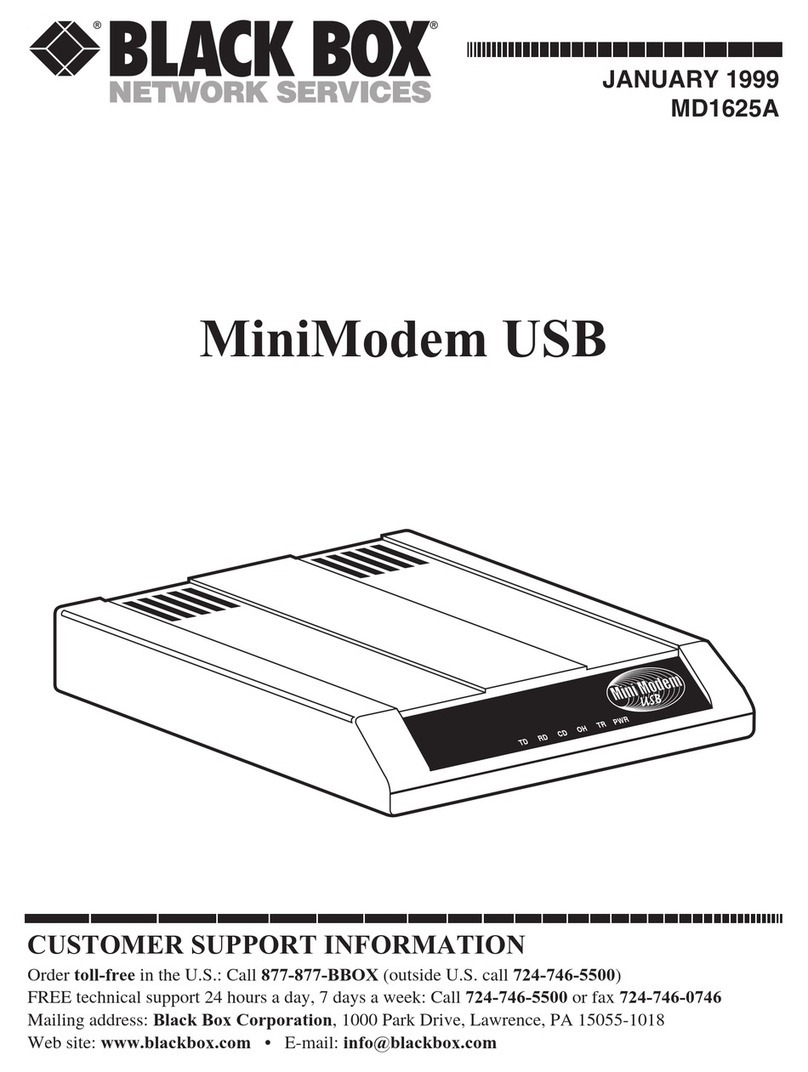
Black Box
Black Box MiniModem USB User manual

Black Box
Black Box ME605A-FST User manual
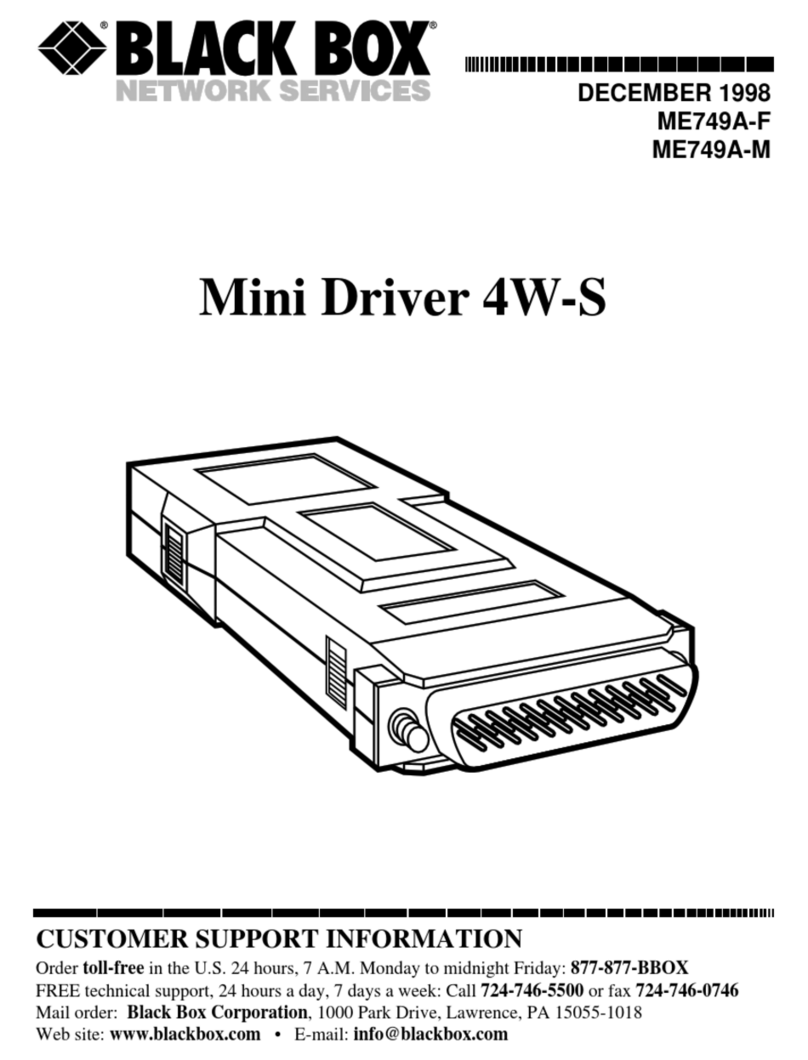
Black Box
Black Box Mini Driver 4W-S User manual

Black Box
Black Box 32457 User manual
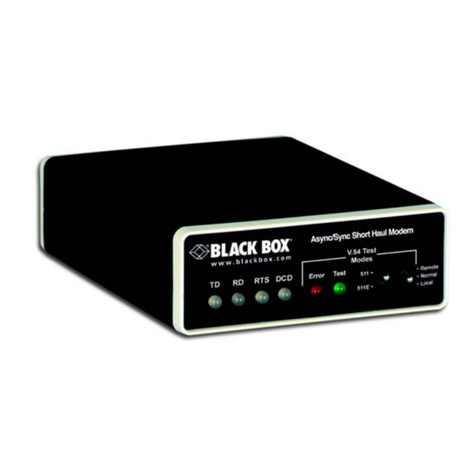
Black Box
Black Box ME475A-R2 User manual

Black Box
Black Box MD3400A User manual

Black Box
Black Box MDS931C-2 User manual
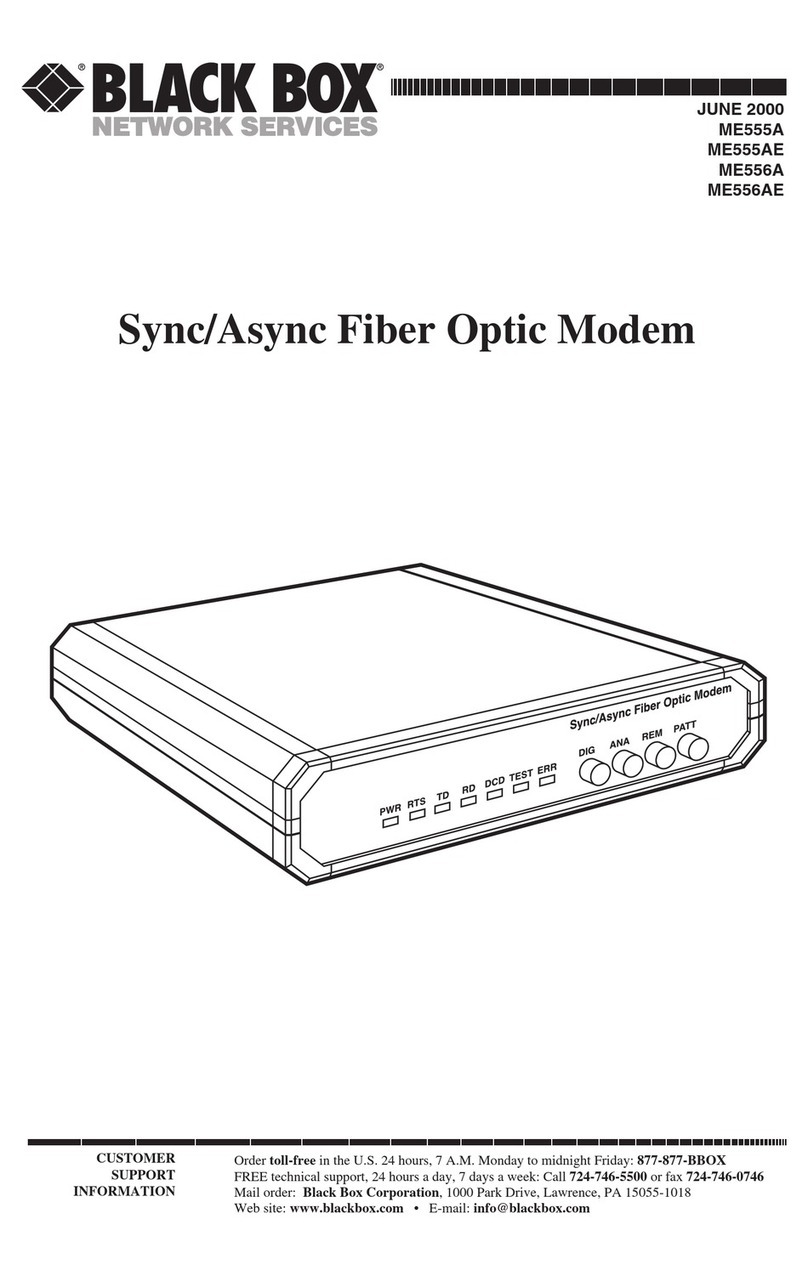
Black Box
Black Box Sync/Async Fiber Optic Modem User manual

Black Box
Black Box 32144 User manual
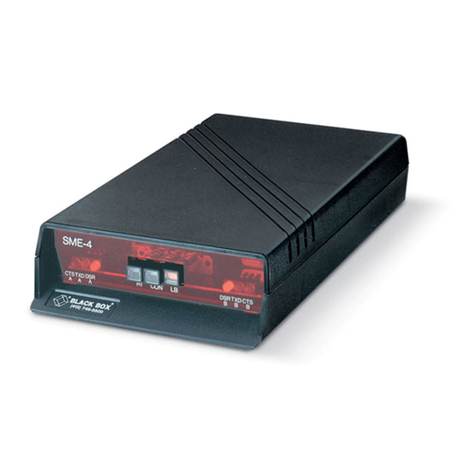
Black Box
Black Box ME251A-R3 User manual
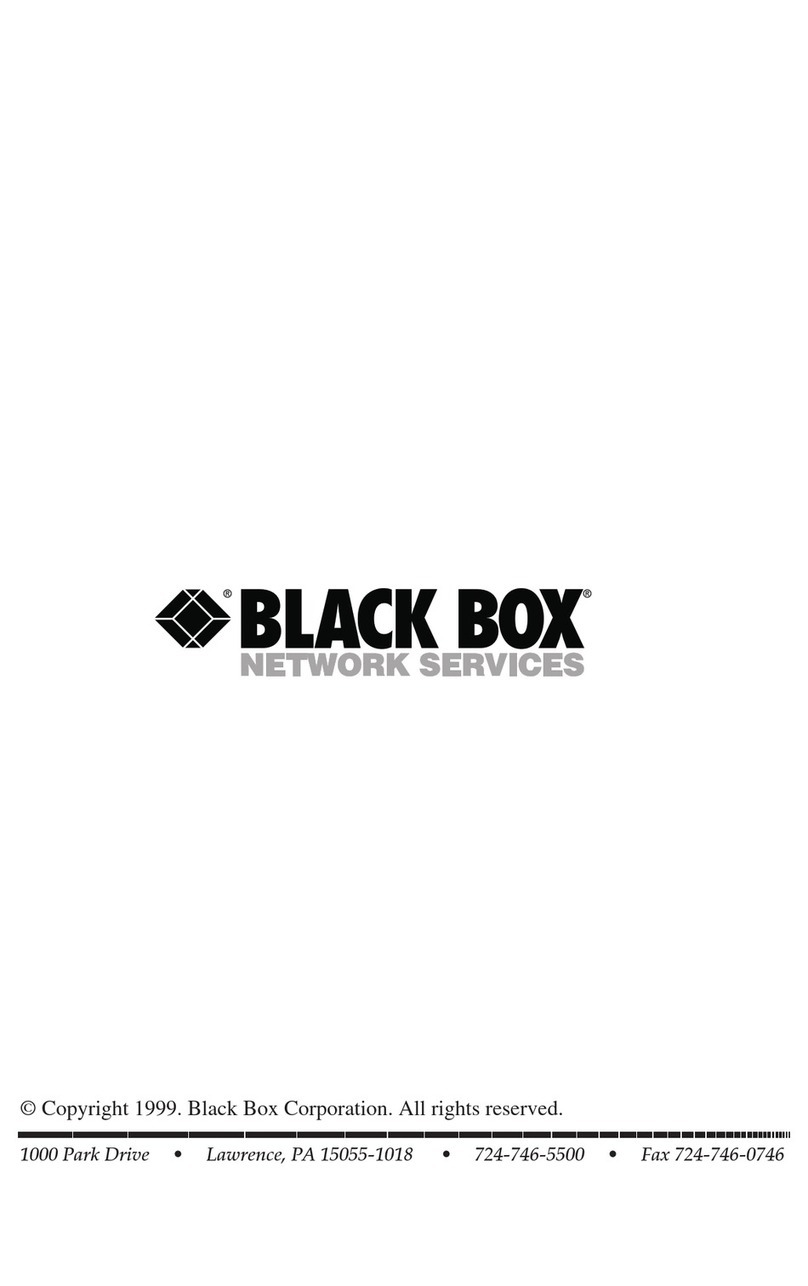
Black Box
Black Box ME570A-MST User manual

Black Box
Black Box MDR220A User manual
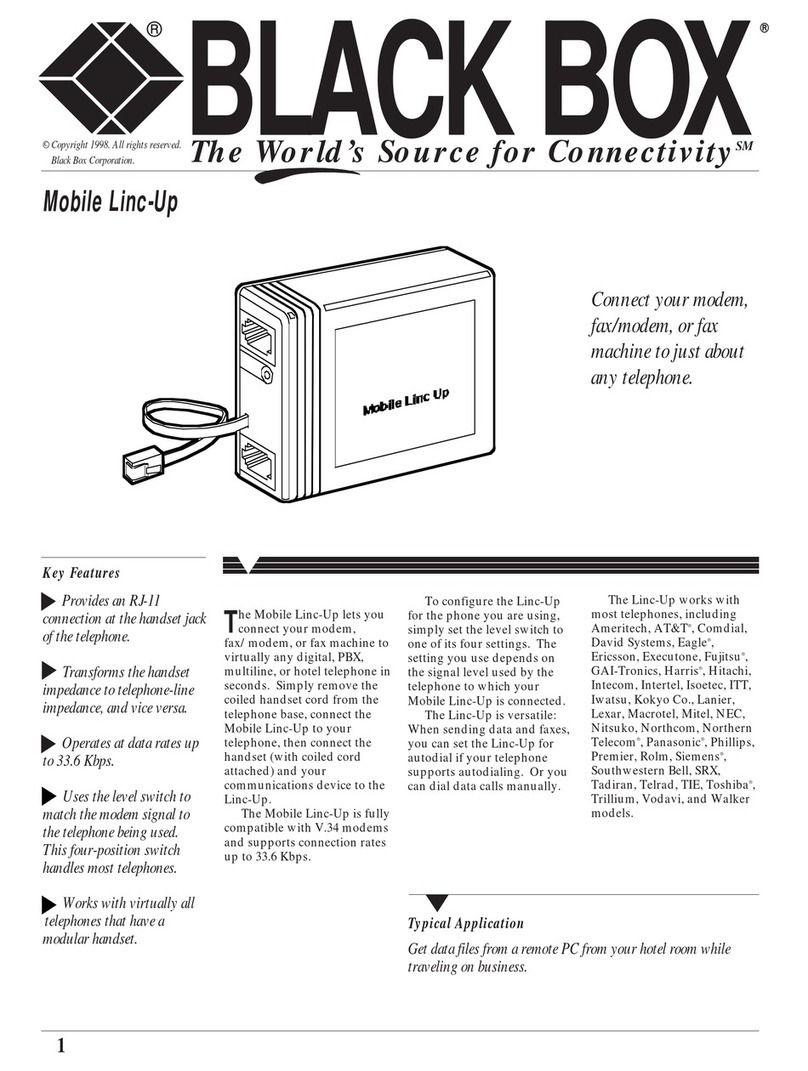
Black Box
Black Box Mobile Linc-Up User manual
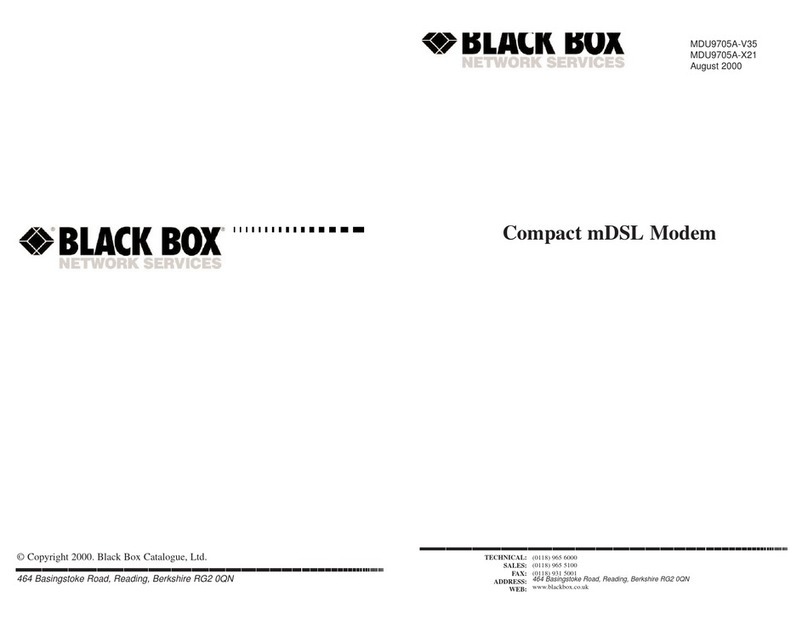
Black Box
Black Box MDU9705A-V35 User manual
Popular Modem manuals by other brands
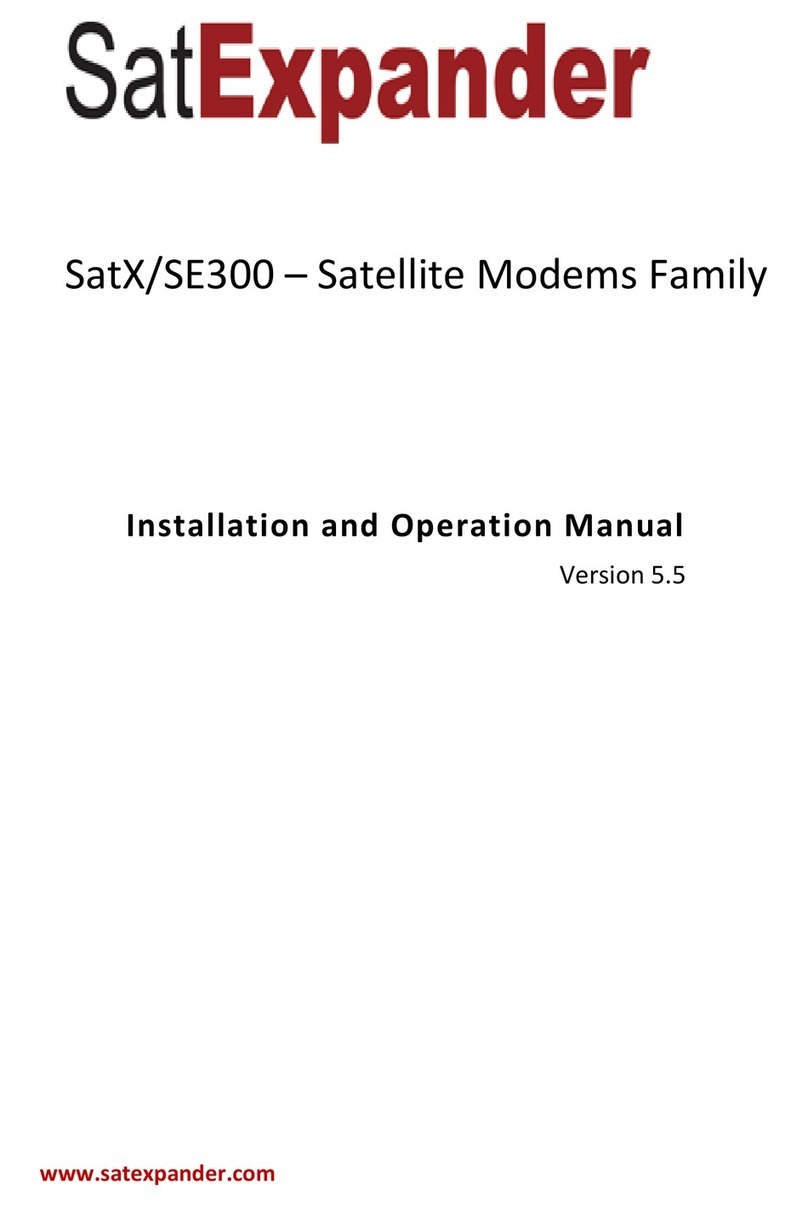
SatExpander
SatExpander SatX Installation and operation manual
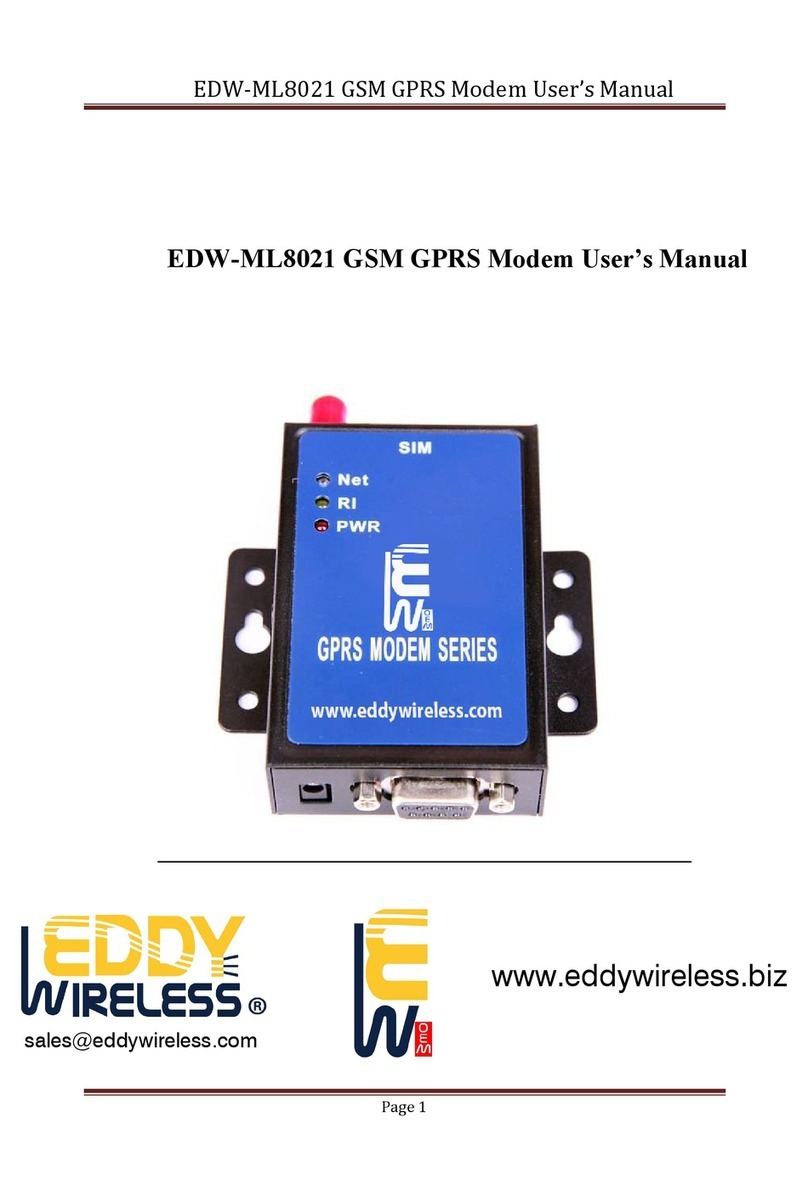
Eddy Wireless
Eddy Wireless EDW-ML8021 user manual
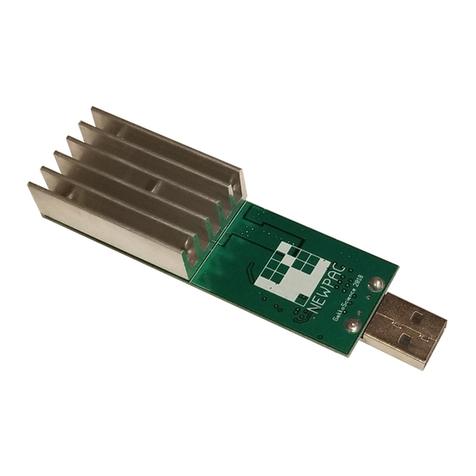
GekkoScience
GekkoScience NewPac BM1387 Instruction manual & user guide

LogN
LogN HN-DR4PN2v2 Quick installation guide
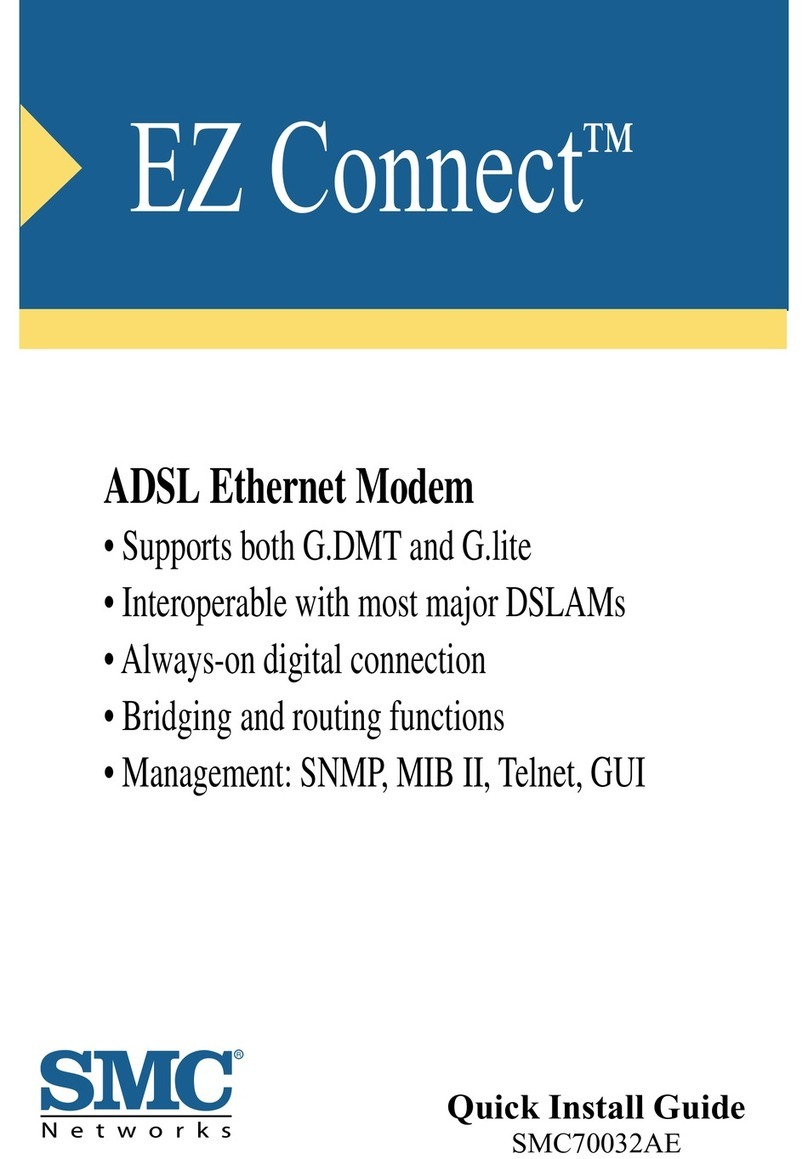
SMC Networks
SMC Networks SMC EZ Connect SMC70032AE Quick install guide
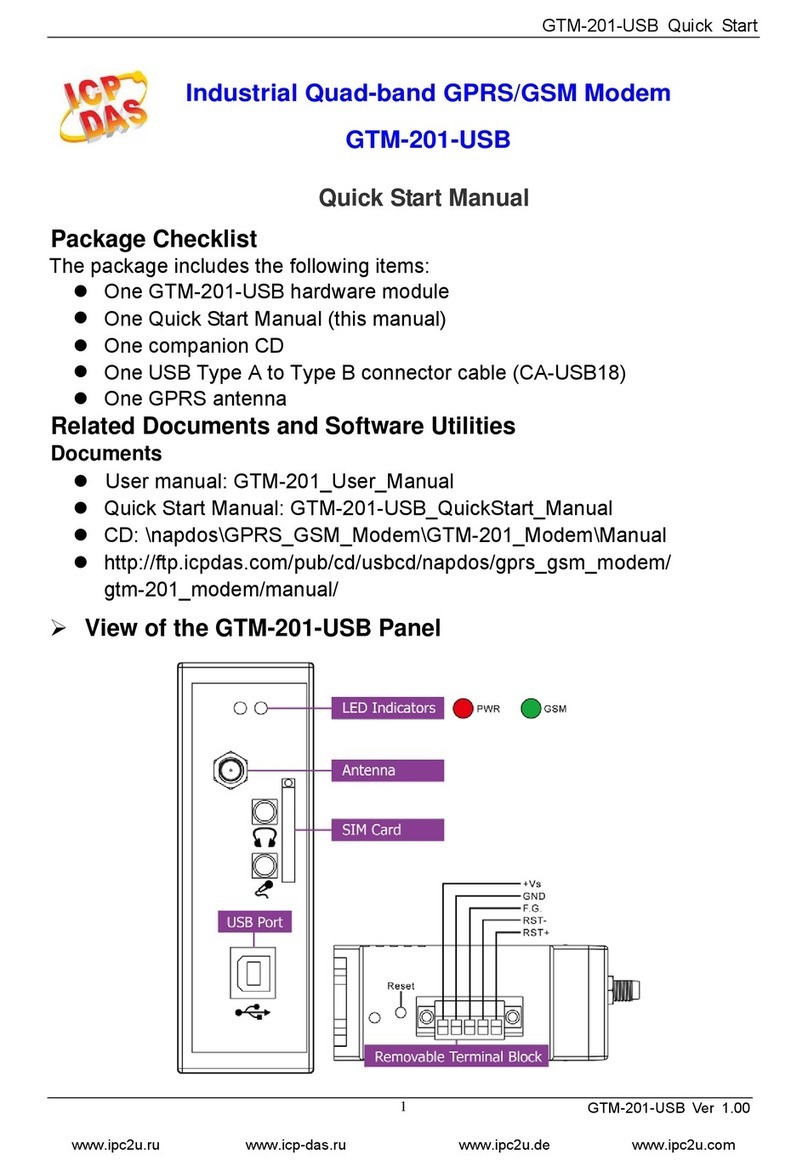
ICP DAS USA
ICP DAS USA GTM-201-USB Quick start manual
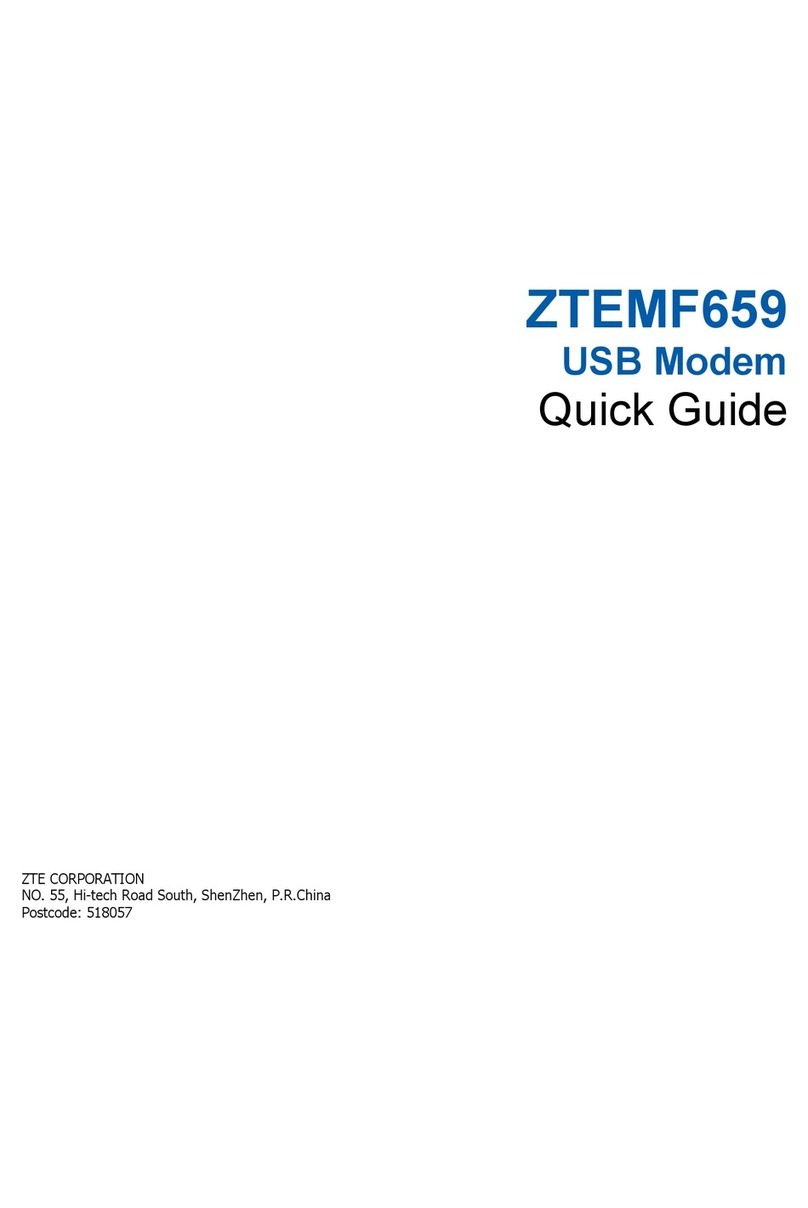
Zte
Zte MF659 quick guide
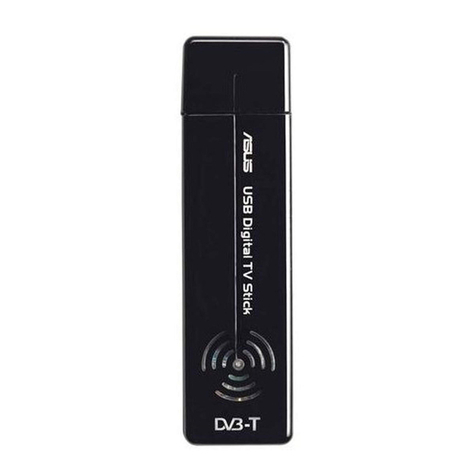
Asus
Asus U3100mini quick start guide
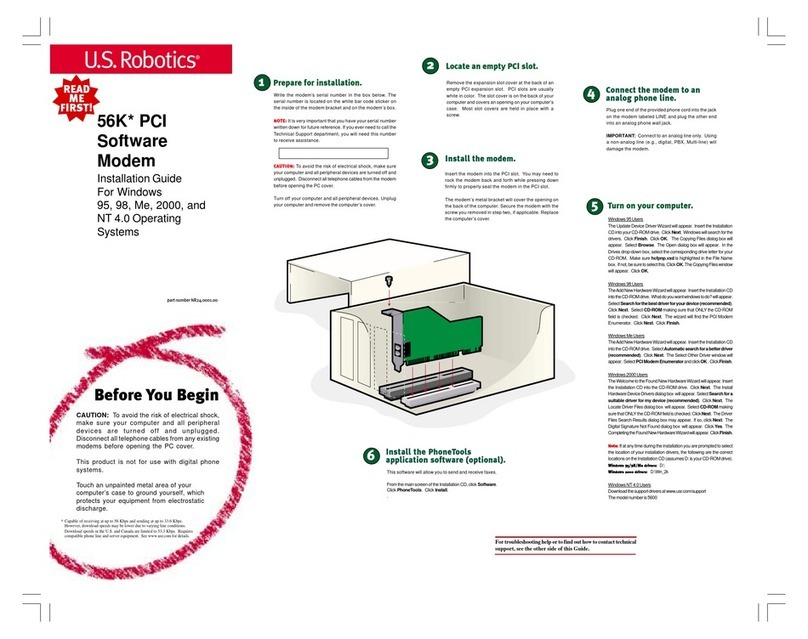
US Robotics
US Robotics USR5600 installation guide
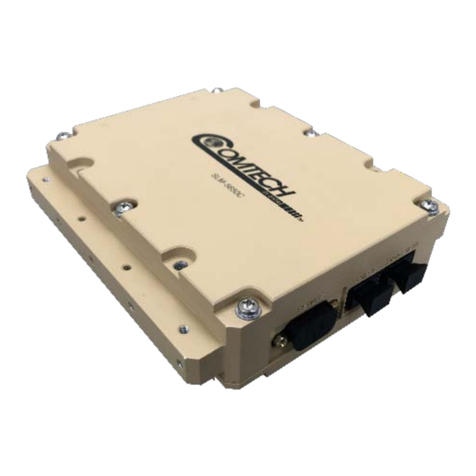
Comtech EF Data
Comtech EF Data SLM-5650C CyberLynx Installation and operation manual
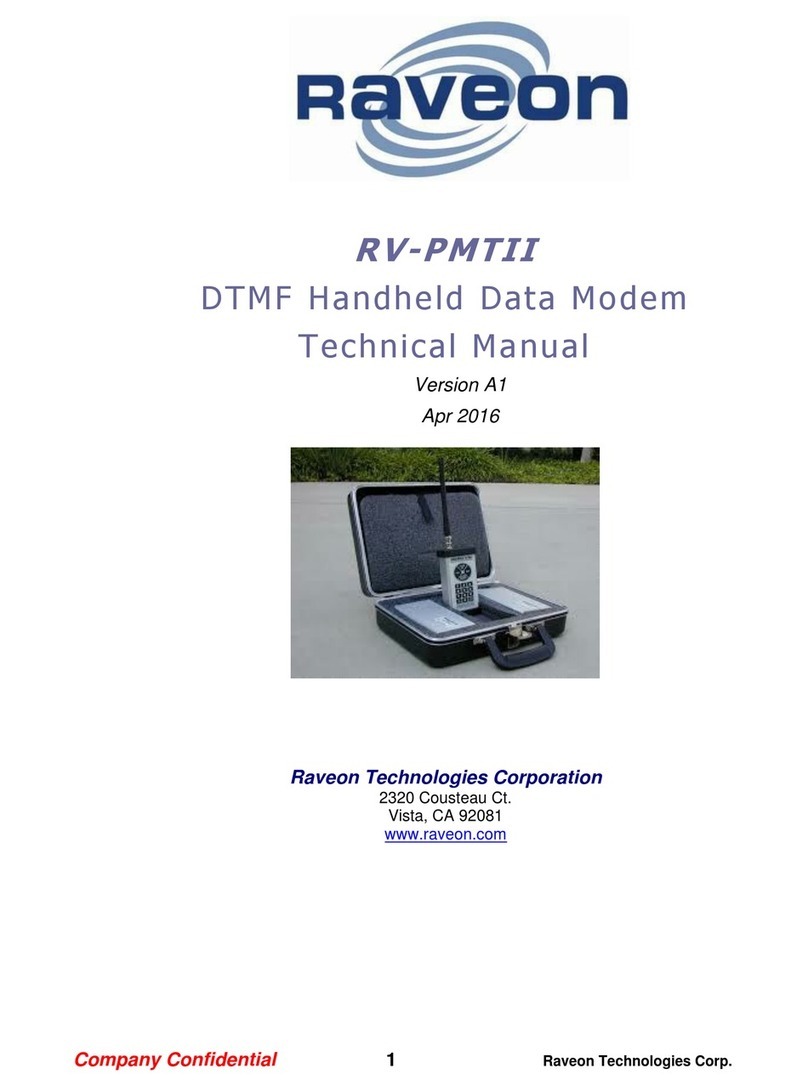
Raveon Technologies Corporation
Raveon Technologies Corporation RV-PMTII Technical manual
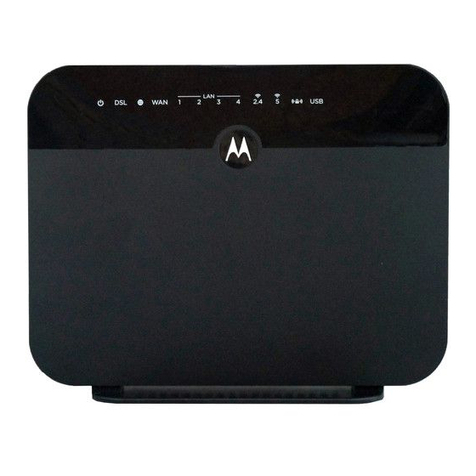
Motorola
Motorola MD1600 quick start
